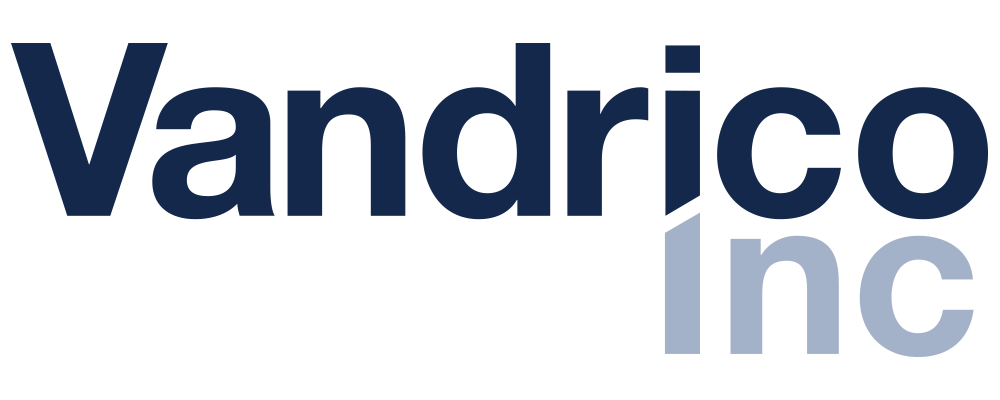Wearable Device Pricing and Release Trends Q3.2014
/33 Devices were added to the Vandrico Database over Q3 2014. This was within the expectation set in the Q2 report of “at least 30 new devices will be added to the database”. A similar projection of 30 new device additions to the database can be assumed for Q4 2014. In addition to adding devices, a focus was also placed on increasing the accuracy of devices in the Database. There are currently prices for 50% and release dates for 59% of devices on the database. This percentage should increase as the information for these devices are continuously updated over time.

Figure 1: Q2 & Q3 price distribution
The price distribution is becoming more positively skewed curve with a lower standard deviation. More consumer-oriented sub $400 are being introduced to the market as it seems this is the average limit that the consumer is willing to spend on a wearable device. Devices placed above $400 don’t necessarily have more features, rather they are very early market devices or their technology is not currently cost-effective enough to warrant a price in the consumer range.
As demand increases for wearable devices, manufacturing processes will become more efficient and therefore manufacturers can provide a lower price for manufacturing. This reduction in manufacturing costs will ease product developers into accepting a lower price point.

Figure 2: Devices released and search trends per quarter
This quarter’s releases totaled 27, which is a new record for devices released in a quarter. 23 devices are already slated for release during Q4. This number is expected to increase considerably as more devices are announced and released during the quarter. Viewing and processing the last three years of Google search trends data results in a strong correlation with devices released1. By extrapolating this data and using multiple plausible regression models, we can estimate between 27 and 32 devices will be released over Q4. This is a reasonable estimation according to Vandrico’s understanding of the market and previous performance trends.
The parallel increase in both product releases and search trends indicates that companies as well as people share an interest in wearables, but a bubble is not being formed. This is compelling evidence to support the theory that the werarable device market is not a temporary phase. However, there are a great deal of inflated expectations for wearable devices, but with the frequency of new devices hitting the market, the conversation is likely to quickly adjust as new information is gained through every device release.

